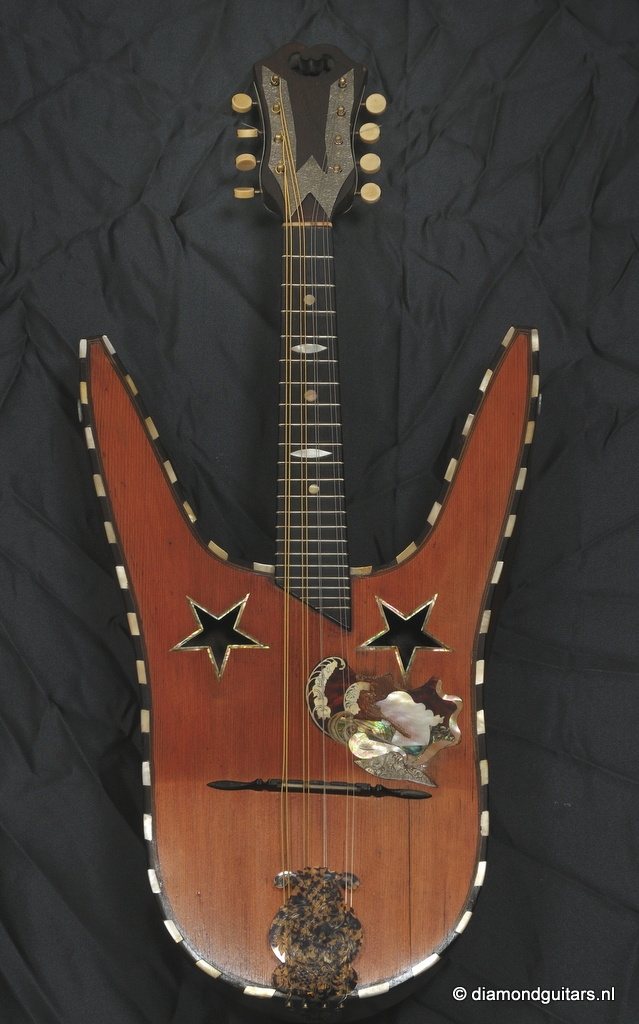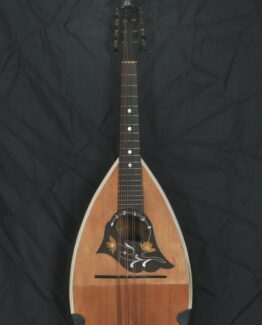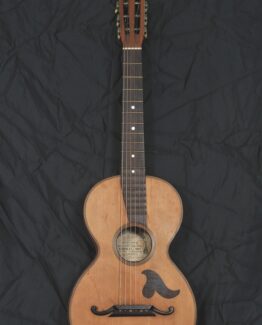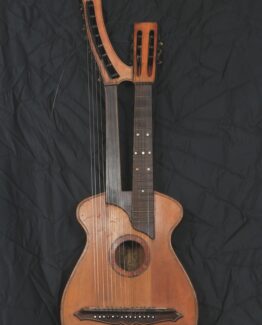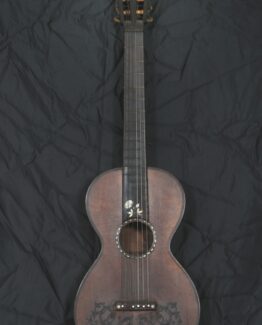Description
This collection of 70 mandolins represent a period of an exploden of the madolin family d into dozens of regional variations outside the “classic” Neapolitan bowlback. Many of these are what we can group under Miscellaneous Mandolins, covering experimental, regional, and transitional forms.
By 1880, the Neapolitan mandolin was the dominant international standard. At the same time, luthiers and players in Europe and America began experimenting with body shapes, tunings, and stringing to adapt the mandolin for different musical settings. The result is a wide family of mandolin types used in folk, salon, orchestral, and popular music.
These “miscellaneous” types show the expansion of the mandolin beyond Italy. Many became regional standards (German flatbacks, Spanish bandurrias). The American carved-top mandolin (Gibson) became a new global standard after 1920, especially in jazz, country, and later bluegrass. Today, instruments from this period (mandriolas, Jugendbewegung mandolins, Lyon & Healy models) are prized by collectors and used in historically informed performances.

